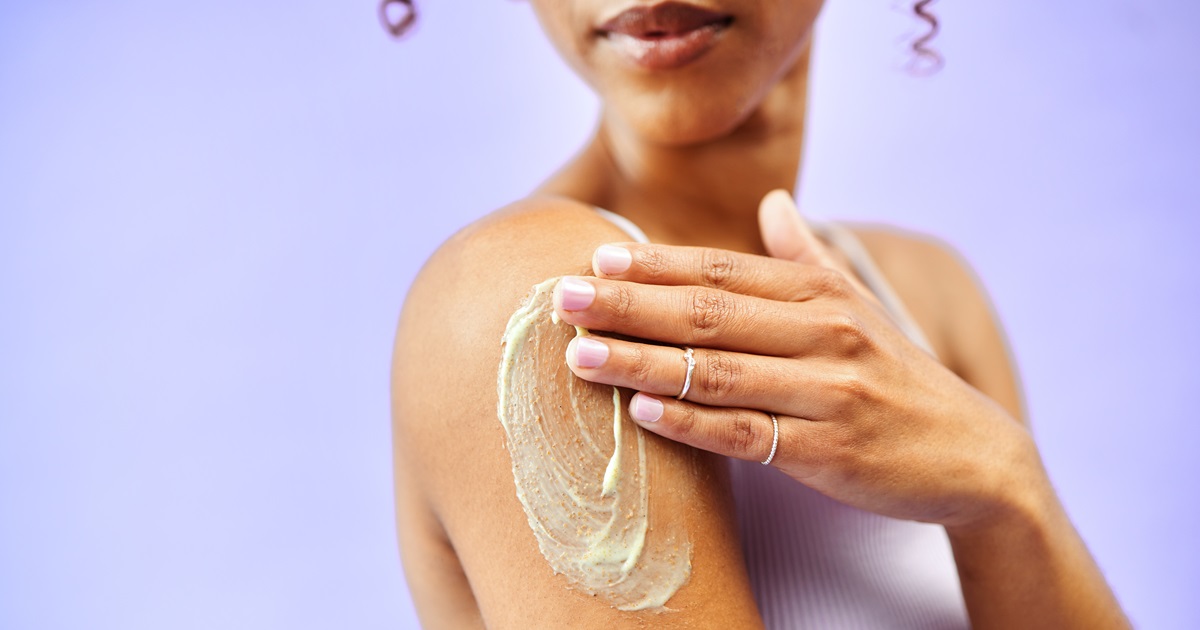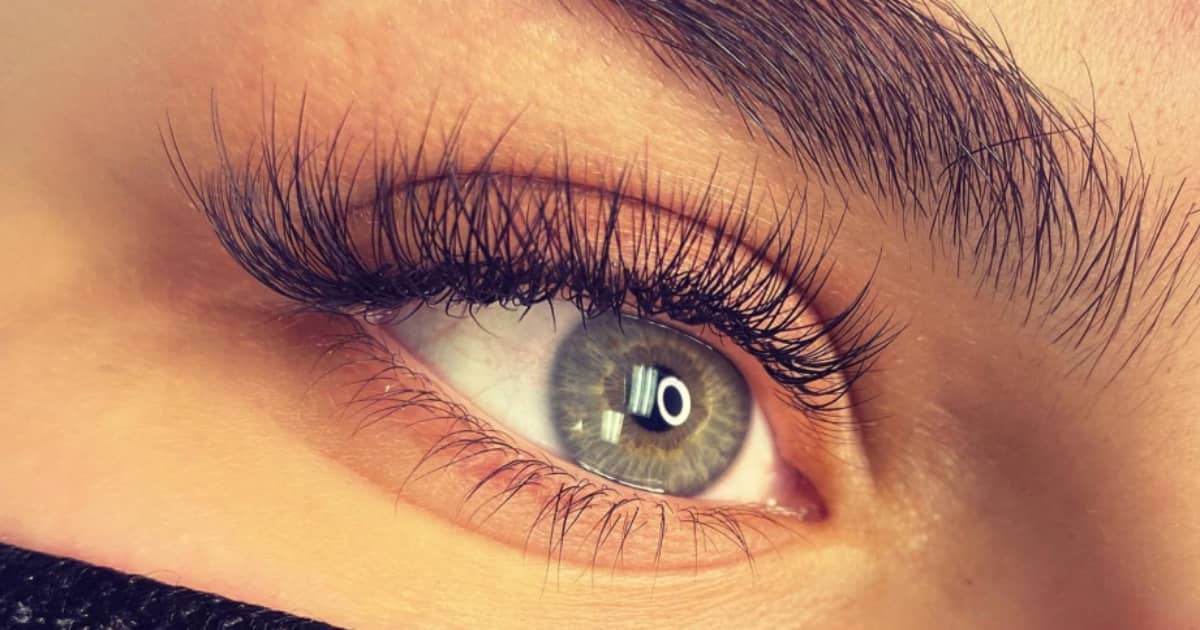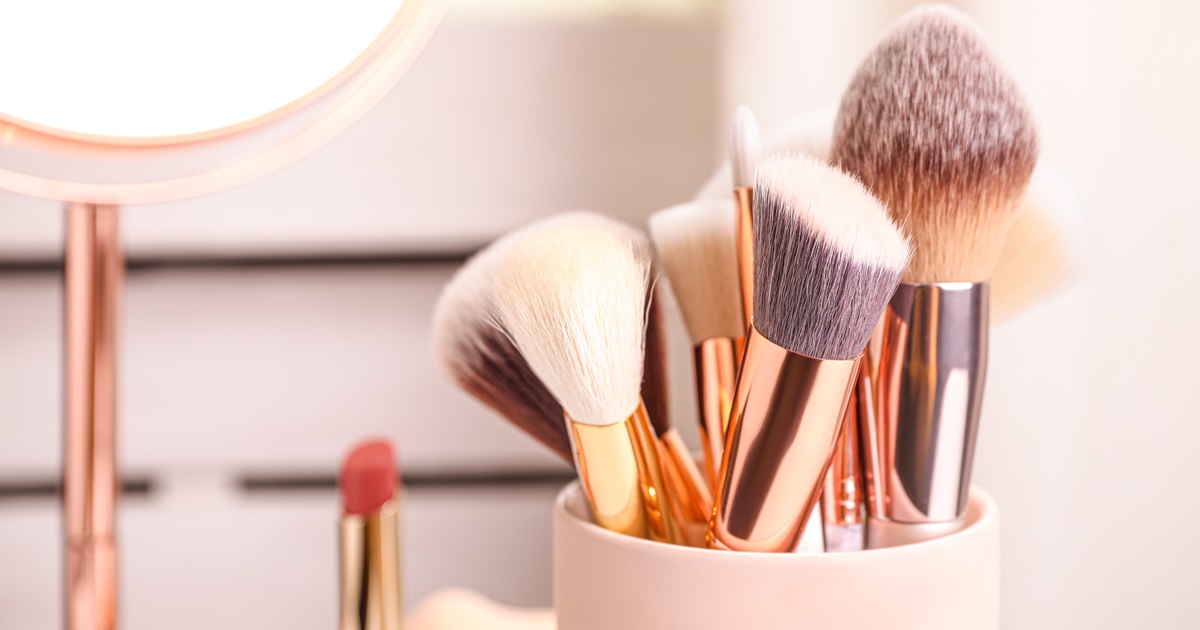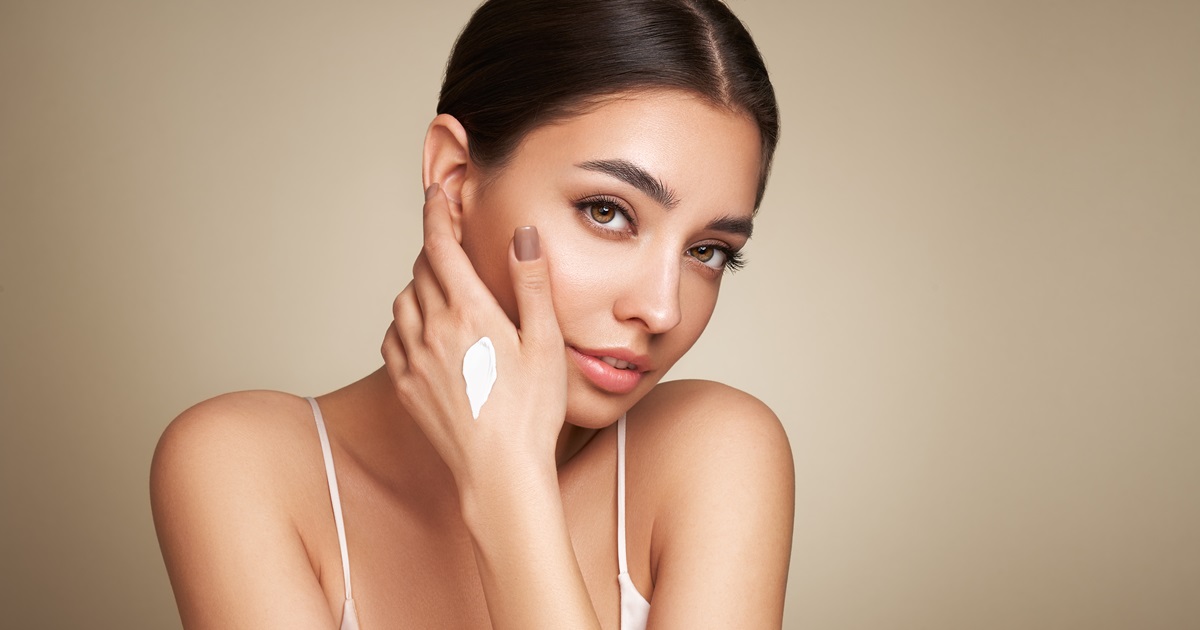How to know what makeup size brush to use?
Choosing the right makeup brush can be as important as the makeup itself. Whether you're a beauty enthusiast or a professional makeup artist, understanding brush sizes and their specific purposes is essential. In this guide, we'll explore the nuances of makeup brushes and provide you with the knowledge you need to elevate your makeup game. From the significance of bristle shapes to the best ways to maintain your beauty tools, you'll learn how to make informed decisions for your personal beauty routine.
Understanding Makeup Brush Sizes
Have you ever wondered how understanding makeup brush sizes might benefit your beauty routine? Most people have a drawer full of brushes but don’t understand their purposes. Knowing why different brush sizes exist and what they contribute to the art of makeup application can revolutionise your daily routine.
Let's begin by understanding that each brush size correlates with the application area on the face. The list below provides a basic overview:
- Large brushes: These are typically meant for bigger areas of the face, like cheekbones, forehead, and chin. They are great for applying powders or blending due to their broad bristles.
- Medium brushes: These carve a niche for themselves in areas like below the cheekbones and the sides of the nose, perfect for contouring or applying blush.
- Small brushes: Precision is their game, with their size being perfect for applying eye shadows, concealing, or shaping the eyebrows.
Remember, brush sizes are important as they dictate the detail level and control of the application. Upgrading your knowledge on makeup brush sizes can be the game changer your beauty routine needs, enabling you to properly utilise your entire makeup brush set, ensuring none of your brushes feel left out!
The Role of Bristle Shapes
The influence of bristle shapes in the field of makeup application is commonly underestimated, yet their contributory effect cannot be discounted. Bristle shape can impact the precision, blending ability, and the overall finish effect, which are paramount in creating the perfect look. Various bristle shapes are designed for different strategies in makeup application, each serving their unique purpose.
For instance, tapered or point-shaped bristles are excellent for detailed work and precision. They aid in achieving sharp lines and careful placement of colour, often required in eye makeup. On the other hand, angled bristles, typically seen on contouring brushes, allow for defined, sculpted makeup application fitting snugly under the cheekbones. Dome-shaped bristles, being soft and full, are perfect for delivering an airbrush effect that brings about a seamless blend. Flat brushes or paddle-shaped bristles are desired for full coverage applications and are often utilised with foundation or concealer. Apart from their role in makeup application, the bristle shapes also determine the brush's ability to pick up, dispense and blend the product effectively on the skin. Thus, a grasp of how different bristle shapes function can boost your makeup application technique to create a more professional and polished look.
Pairing Brush Types with Makeup Products
Now that we've explored brush types and their unique characteristics, it's time to pair them with the appropriate makeup products for the best application. Flat brushes are superb for foundations as they aid in achieving a flawless, full-coverage result. The unique paddle shape of these brushes enables an even distribution, ensuring that the makeup seamlessly blends into the skin.
When it comes to powders, large fluffy brushes are the go-to tool. They're great for distributing products across larger face areas, like setting powder on the forehead or bronzer across the cheekbones. Eye shadows beg for smaller brush types, with compact, detailed bristles allowing for precision in applying and blending different shades on the eyelids. Meanwhile, the key lies in using angled brushes to fill in eyebrows or creating sharp eyeliner strokes. They deliver excellent precision and control, enabling neat, accurate lines. The magic of pairing the right brush types with fitting makeup products culminates in a more enhanced, professional finish to your makeup, setting you apart from the crowd. Discover which makeup brush set has become the leader in our rankings!
Importance of Brush Density
The concept of brush density isn't unfamiliar to beauty professionals, but it deserves more recognition from the average makeup enthusiast. Brush density refers to the number of bristles packed into a makeup brush head, determining makeup application quality. Dense brushes have closely packed bristles that allow for more control and concentrated colour payoff — helping you ace those heavy, dramatic looks. These brushes are a gem when it comes to applying cream or liquid products, as they blend them flawlessly, giving an expert-level finished look.
Conversely, brushes with low-density or loosely packed bristles are ideal for achieving a softer, diffused look. They’re particularly beneficial when using powder makeup products such as blushes or highlighters, as they distribute a lighter, more natural sweep of colour. Understanding brush density and using it to adequate advantage is a makeup technique that can majorly enhance the outcome of your makeup routine. Mastering this concept can guide you in selecting the right tools for each step of your makeup application, enhancing the final look with mindful brush strokes.
Making the Right Brush Selection
Making the right brush selection is imperative for achieving the desired effects with your makeup routine. Equipping yourself with the ideal beauty tools aligned with your unique makeup needs can elevate the overall process. It is necessary to remember that the size, density, bristle shape, and type of brush are all important aspects of a great makeup tool. Here are some key points to remember when making the right brush selection:
- Utilise large brushes for broader areas of the face where a softer touch is required, such as cheekbones, forehead, and chin.
- Medium brushes are perfect for contouring smaller areas, such as the sides of the nose or the hollows of the cheeks.
- Small brushes ensure precision, offering detailed application — great for eye makeup or neatly filling eyebrows.
- Always consider bristle shape and density while purchasing. Remember, denser brushes lend themselves to heavier applications, while loosely packed ones are for a softer finish.
- Regularly maintain your brushes by cleaning and storing them properly, thus enhancing their longevity.
Remember, the right beauty tools, matched with your needs, can yield dramatic differences in your makeup application process. Whether you’re a professional makeup artist or a beauty enthusiast exploring new avenues, the right brush selection tailored to fit your requirements can elevate your makeup game while making your routine a thoroughly enjoyable experience. We have compiled a list of the best makeup brush sets to help you choose the perfect one for your needs. Discover which set emerged as the top performer and decide if it's the one you want!






Add Comment
Your email address will not be published. Required fields are marked *